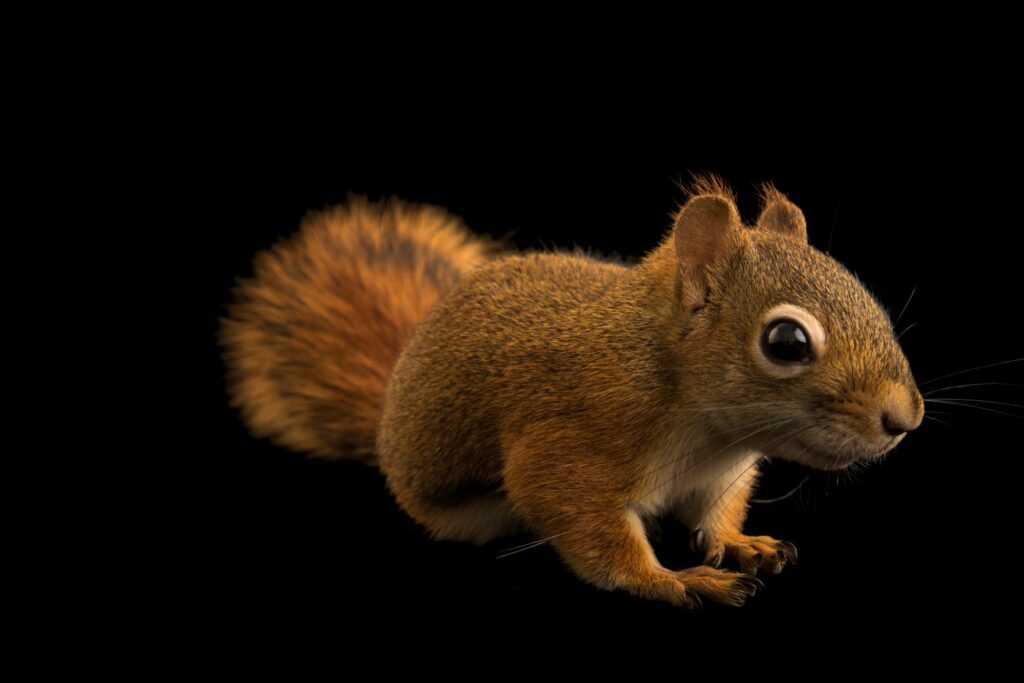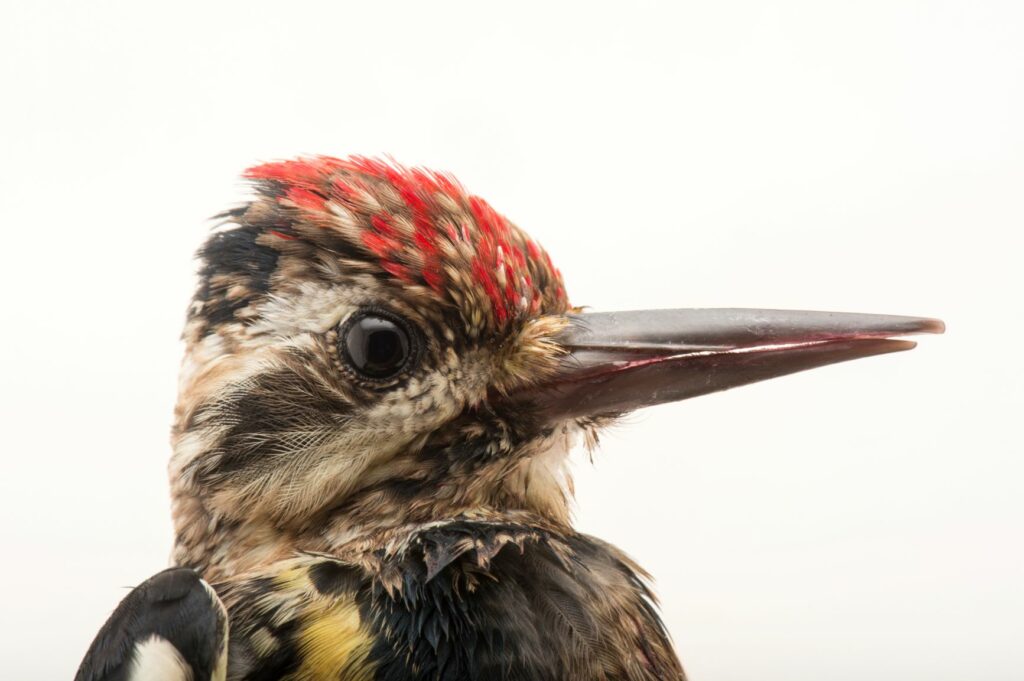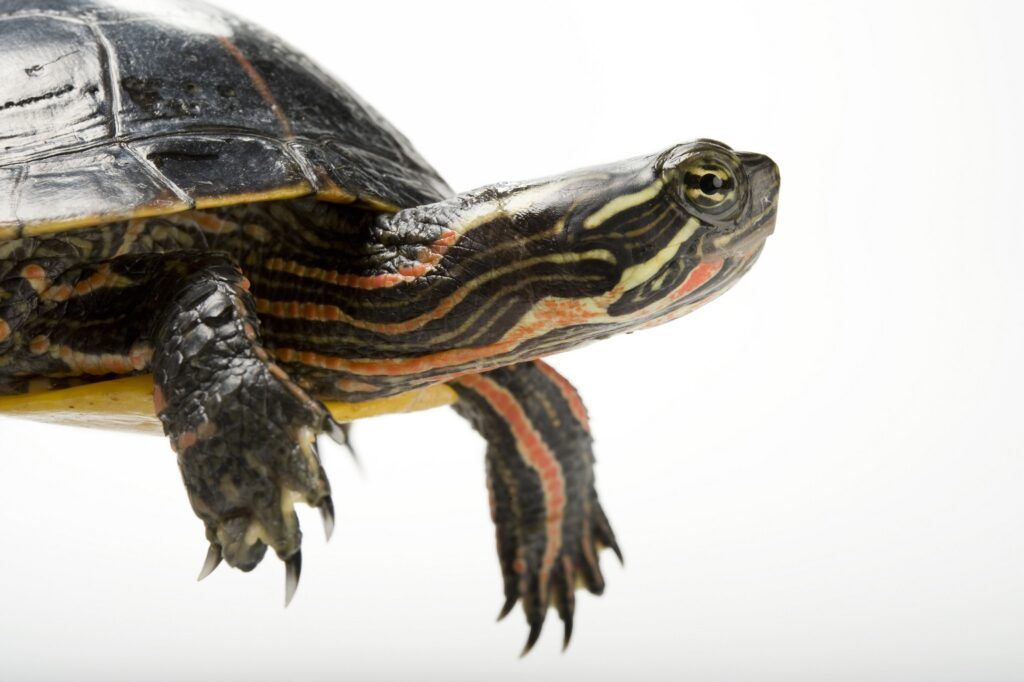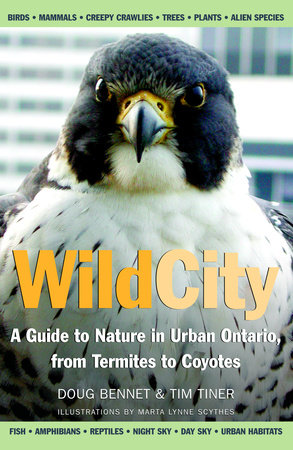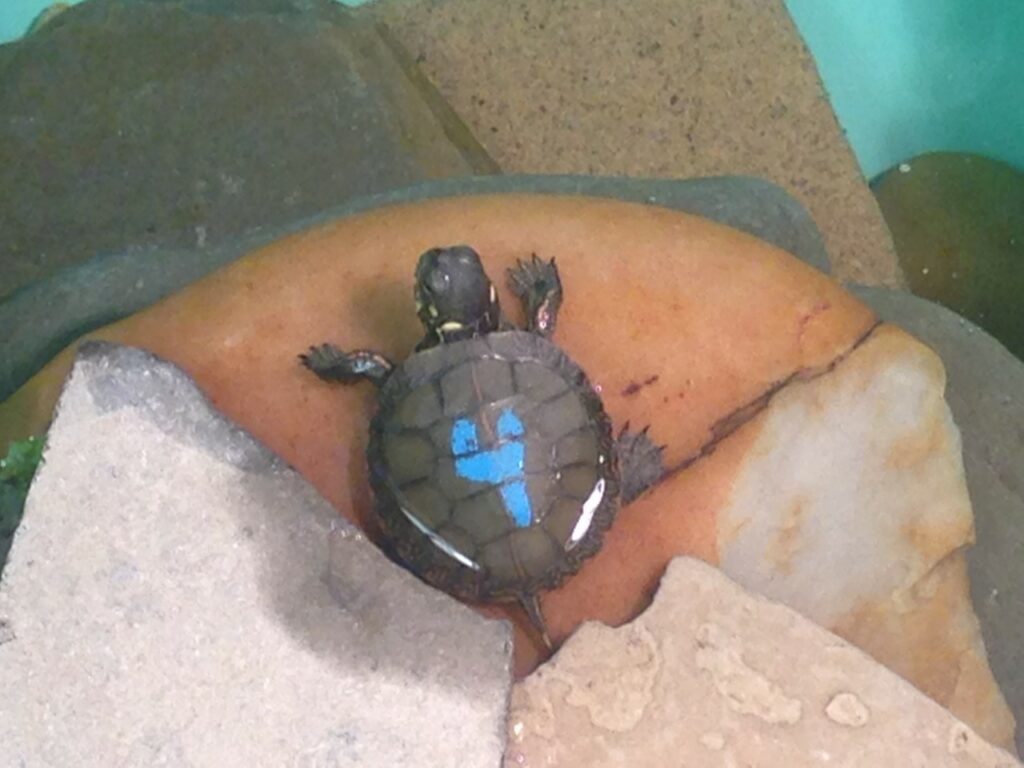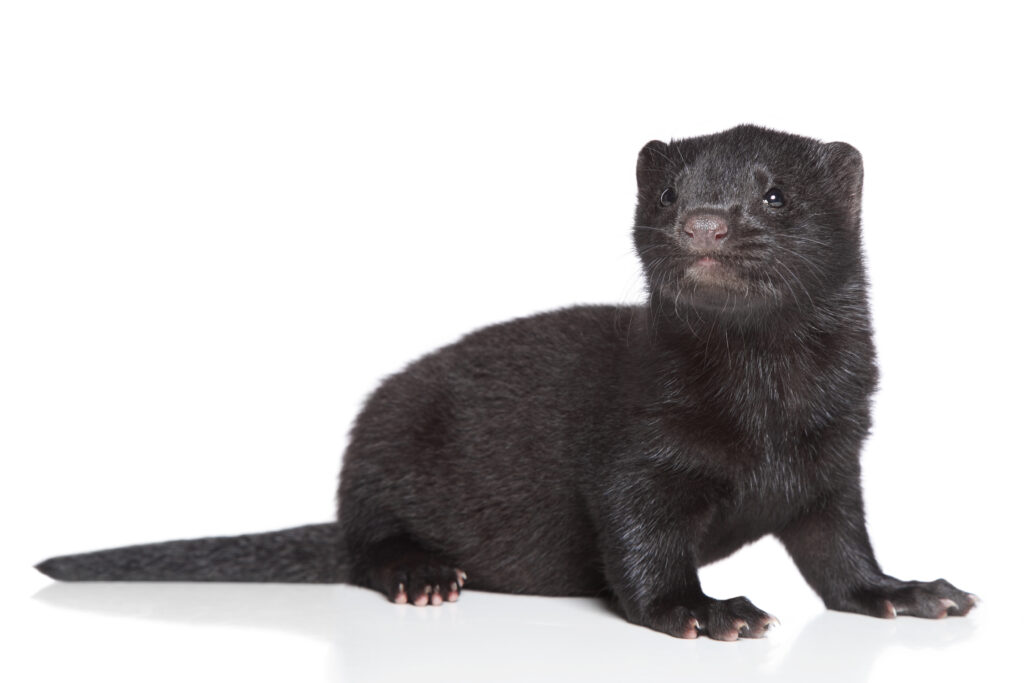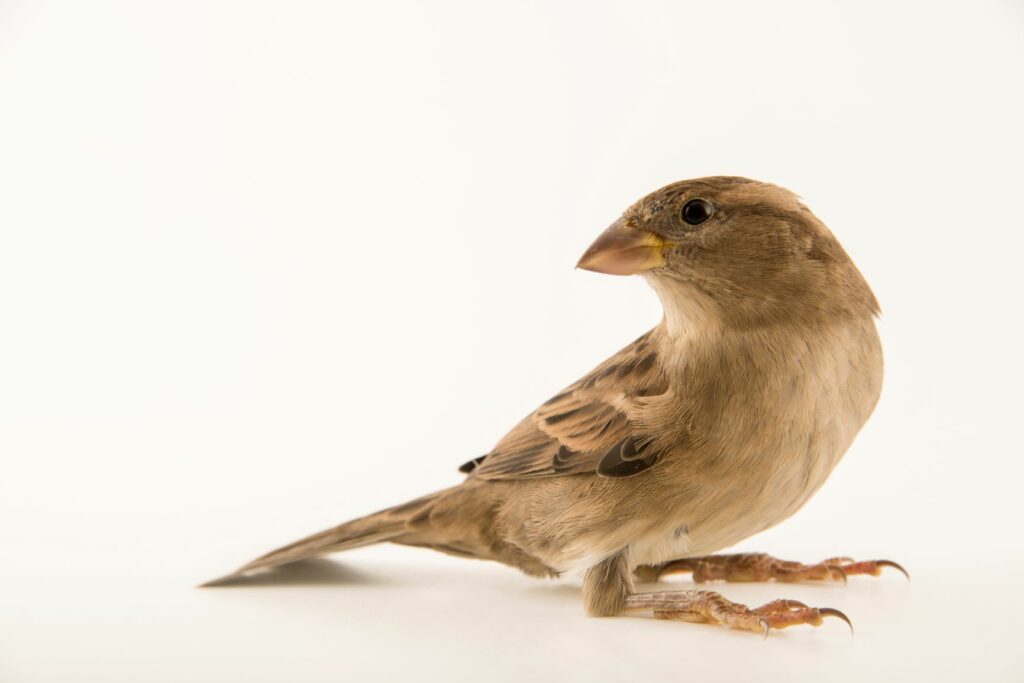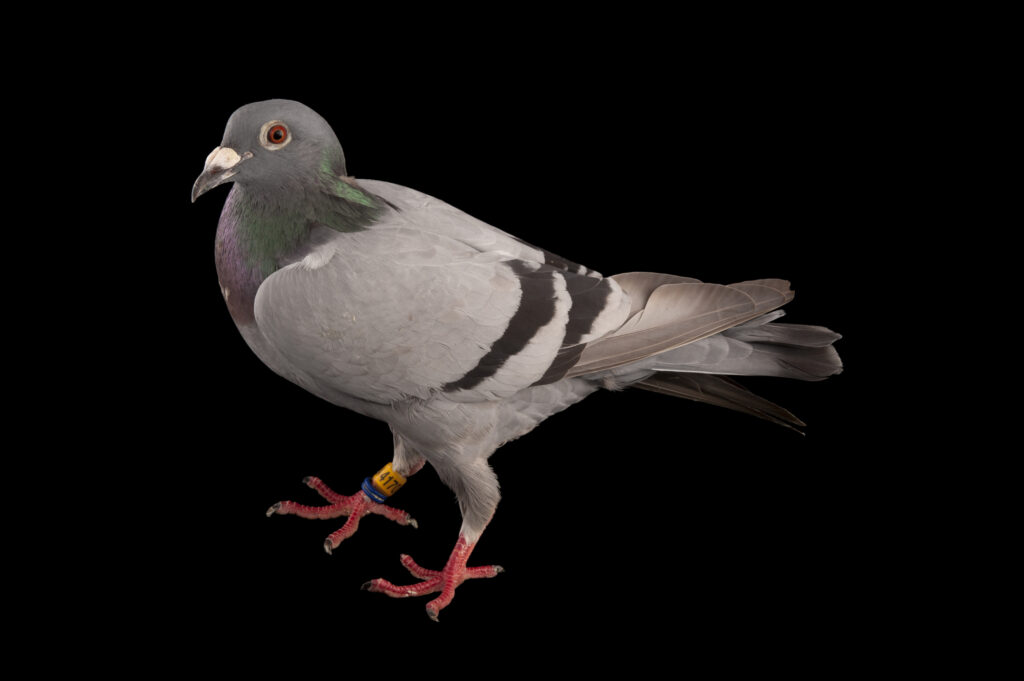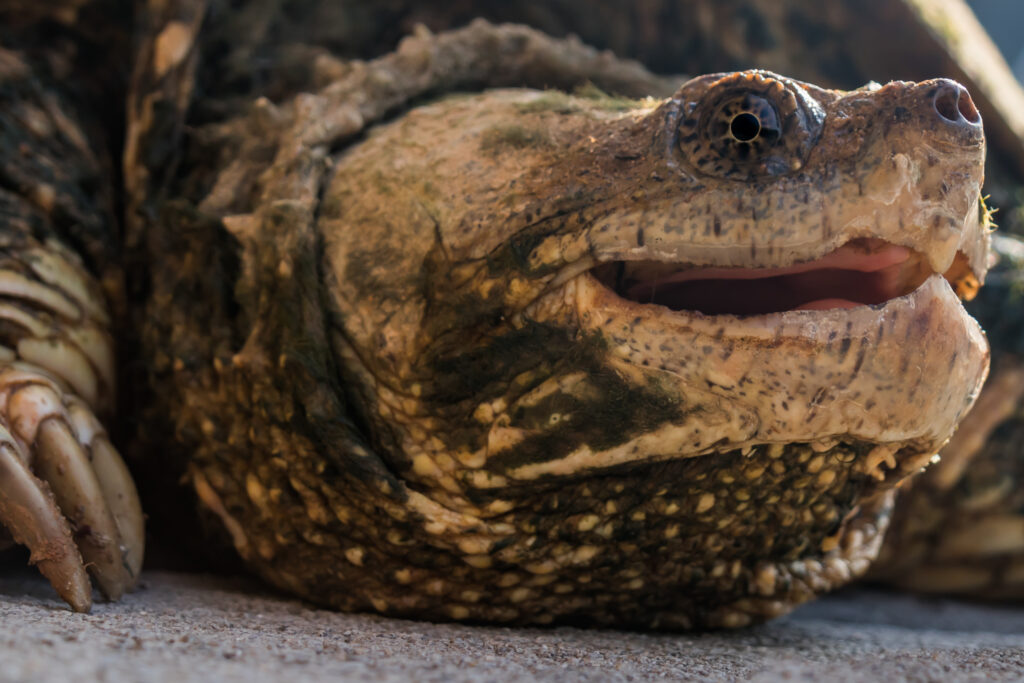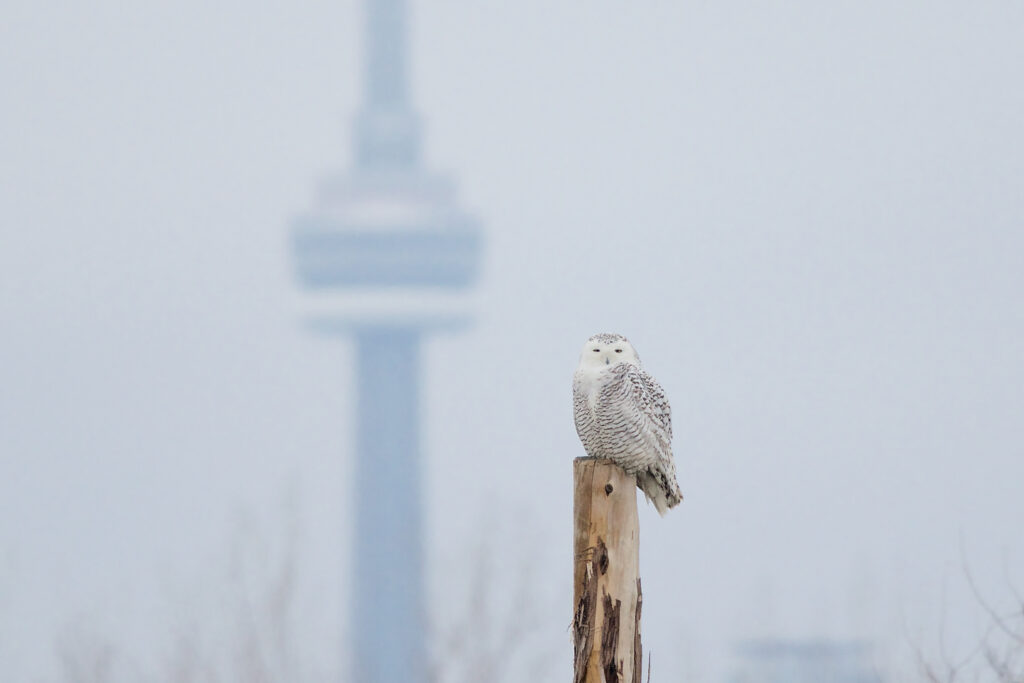
Toronto City Council has unanimously adopted the City’s first Biodiversity Strategy.
The strategy, fully titled Wild, Connected, And Diverse: A Biodiversity Strategy for Toronto, is organized in five sections. There is an intro to biodiversity and ecological integrity; an overview of biodiversity in Toronto; threats to biodiversity in Toronto; and what Toronto is doing. The final section includes a vision, ten principles, and 23 actions organized under the titles: Protect, Restore, Design, and Engage.
The Toronto Biodiversity Strategy’s vision is to “Imagine a Toronto with flourishing natural habitat and an urban environment that supports a great diversity of wildlife. Envision a city whose residents treasure their daily encounters with the remarkable and inspiring world of nature, and the variety of plants and animals with whom we share this place. A Toronto that aspires to be a world leader through citizens who take pride and engage in the protection, restoration and enhancement of our flora and fauna.”
The document points out that there are 38 species of mammals living in Toronto. Though this number is changing due to the effects of climate change and loss of habitat, which forces species to expand and/or alter their natural range. There are 110 species of butterflies in Toronto. And there are more than 200 different species of spiders in our city. (Including the one living under my kitchen windowsill.) There are almost 100 different species of fish. More than 400 species of birds live here in Toronto, and of those, 195 of those have been known to breed here.
City Councillor Mike Layton brought forward the official request to create the Biodiversity Strategy back in 2015. So after the Strategy was adopted on October 2, 2019, I asked him about it. He replied, “You might not think it, but Toronto has the ability to enrich biodiversity,” continuing on to say, “By growing out green spaces, enhancing our forest canopy, ensuring we are planning bird, bee and pollinator friendly plants and flowers, while eliminating invasive species, our city can be a healthy ecosystem and enhance all our lives.”
The new Strategy is based on the following principles:
1. Biodiversity is fundamental to the health of all beings. Biodiversity has ecological, economic, social and cultural value necessary for healthy communities and a strong economy.
2. Biodiversity has intrinsic value. Biodiversity is essential to life on earth and must be respected and protected regardless of its value to humans.
3. Biodiversity is key to resilience. Understand the potential effects of urban stressors and climate change and their cumulative impacts.
4. Use ecological integrity to assess ecosystem health and guide management. Strive to achieve the highest possible level of ecological integrity in the context of the urban environment.
5. Focus on habitat and native species. The foundation of healthy biodiversity is abundant, well-connected, functioning habitat that provides native species with places to forage, shelter and reproduce.
6. Integrate biodiversity into all aspects of city life. There are many things that Torontonians can do to support biodiversity through everyday actions, municipal operations, policies and regulations.
7. Collaborate with a broad range of stakeholders. Achieving healthy biodiversity requires engagement of a broad range of stakeholders in order to achieve success.
8. Develop authentic reciprocal relationships with Indigenous communities. Work with Indigenous leaders to integrate Indigenous worldviews with western science to protect, restore and enhance biodiversity.
9. Support equitable access. Increase awareness and appreciation of biodiversity amongst all residents and identify opportunities to enhance biodiversity.
10. Measure and report on results.The state of biodiversity and the success of biodiversity initiatives will be monitored.
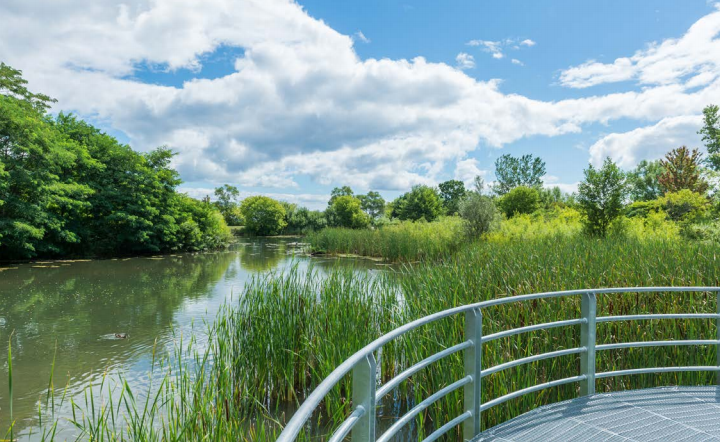
How will this strategy affect our city, and our urban animals? One of the key people who worked on the strategy, Jane Welsh, Project Manager in the Environmental Planning unit of the City Planning Division at the City of Toronto, provided a thoughtful and knowledgeable response.
Welsh said, “At a global scale, the loss of biodiversity has reached crisis levels. Biodiversity and a healthy natural environment are essential to the health and livability of cities and ultimately fundamental to supporting life everywhere.
Recognising cities have an important role to play in protecting and enhancing biodiversity, the Toronto Biodiversity Strategy builds upon work that the City of Toronto and its partners are already doing with a focus on managing natural systems within an urban environment. The Strategy will improve the health and robustness of biodiversity in Toronto through an approach that protects natural areas, restores habitat where possible, designs the built environment with nature in mind, and engages resident’s awareness of its importance.
The Strategy’s actions are complementary to provincial and national initiatives, align with other City strategies and contribute to global biodiversity recovery.
As is typical for an urban environment, biodiversity in Toronto has been impacted by urbanization, resulting in a loss of habitat and a proliferation of invasive species. Despite this, Toronto’s ravines and natural areas continue to provide habitat for numerous species including a number of locally, regionally and provincially sensitive species and species-at-risk.
The Toronto Biodiversity Series collection of booklets chronicle some of the amazing organisms that live in Toronto, including birds, butterflies, bees, spiders, mammals, trees and shrubs, mushrooms, reptiles and amphibians and fishes. The goal of the booklet Series is to help re-connect people with the natural world, raise awareness about the seriousness of biodiversity loss and how it affects them, and help cultivate a sense of stewardship in residents. They are available at your local Toronto library.”
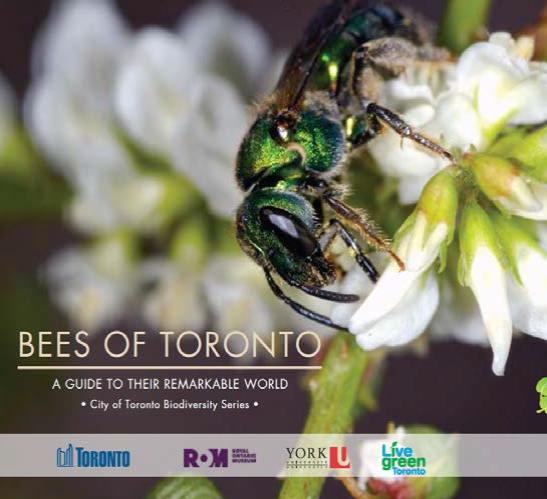
This new Toronto Biodiversity Strategy is designed to align with the Toronto Ravine Strategy, the Toronto Pollinator Protection Strategy, and others, by addressing shared issues. The new strategy reminds us that Toronto was the first city in North America to publish Bird-Friendly Development Guidelines, in 2007, with building design and operation strategies to make new and existing buildings less dangerous to migratory birds. 2018’s “Best Practices for Effective Lighting,” was the most recent update to the bird-friendly strategies.
In a section titled Aligning Biodiversity Actions, the strategy notes that in 1992, the United Nation’s Convention on Biological Diversity identified the need for governments to take action to sustain living organisms, genetic diversity and the integrity of ecosystems.
The UN Convention was updated in 2010 in the Strategic Plan for Biodiversity 2011 – 2020 and the Aichi Targets. In this Plan, biodiversity conservation in cities was identified as a priority, highlighting the links between urbanization, biodiversity loss and the importance of ecosystem services in supporting sustainability and resilience. The UN Convention set the foundation for the development of Canada’s Biodiversity Strategy in 1995, and Ontario’s Biodiversity Strategy in 2011.
The Province of Quebec introduced its Biodiversity Strategy and Action Plan in 2004 and the Province of New Brunswick adopted one in 2009. The City of Surrey created its biodiversity strategy in 2014, Vancouver’s Biodiversity Strategy was adopted in 2016, and Oakville introduced a Biodiversity Strategy in 2018. Calgary’s 10-year BiodiverCity Strategic Plan 2015-2025 is comprehensive, and bonus: it is illustrated like a children’s storybook. (The strategies have similar priorities and action items, but Calgary’s definitely looks different from all the others.) Edmonton is the only Canadian city member of the Biophilic Cities Network, and the City of Toronto’s documents about our new Biodiversity Strategy note that Toronto aspires to become a member.
Many North American cities also have strategies that focus on urban wildlife. Ottawa’s Wildlife Strategy was approved by City Council in July 2013. It addresses wildlife related city planning, wildlife management practices, and public education, with 11 action-item recommendations. And the City of New York launched a campaign, WildlifeNYC, in 2016 with the tag line “City Dwellers Take Many Forms” with images of animals with an arrow pointing to them with text that read “New Yorkers.” NYC Parks Commissioner Mitchell J. Silver was quoted, “It’s important to understand your neighbors – even the feathered and furry ones.”
As the Toronto Biodiversity Strategy states, biodiversity in urban areas is interwoven in complex systems that are made up of natural and built components, with human activity as the most dominant factor.
Top Image: © Owen Strickland, courtesy of the City of Toronto
Green Toronto image and Bees of Toronto cover image both courtesy of the City of Toronto

